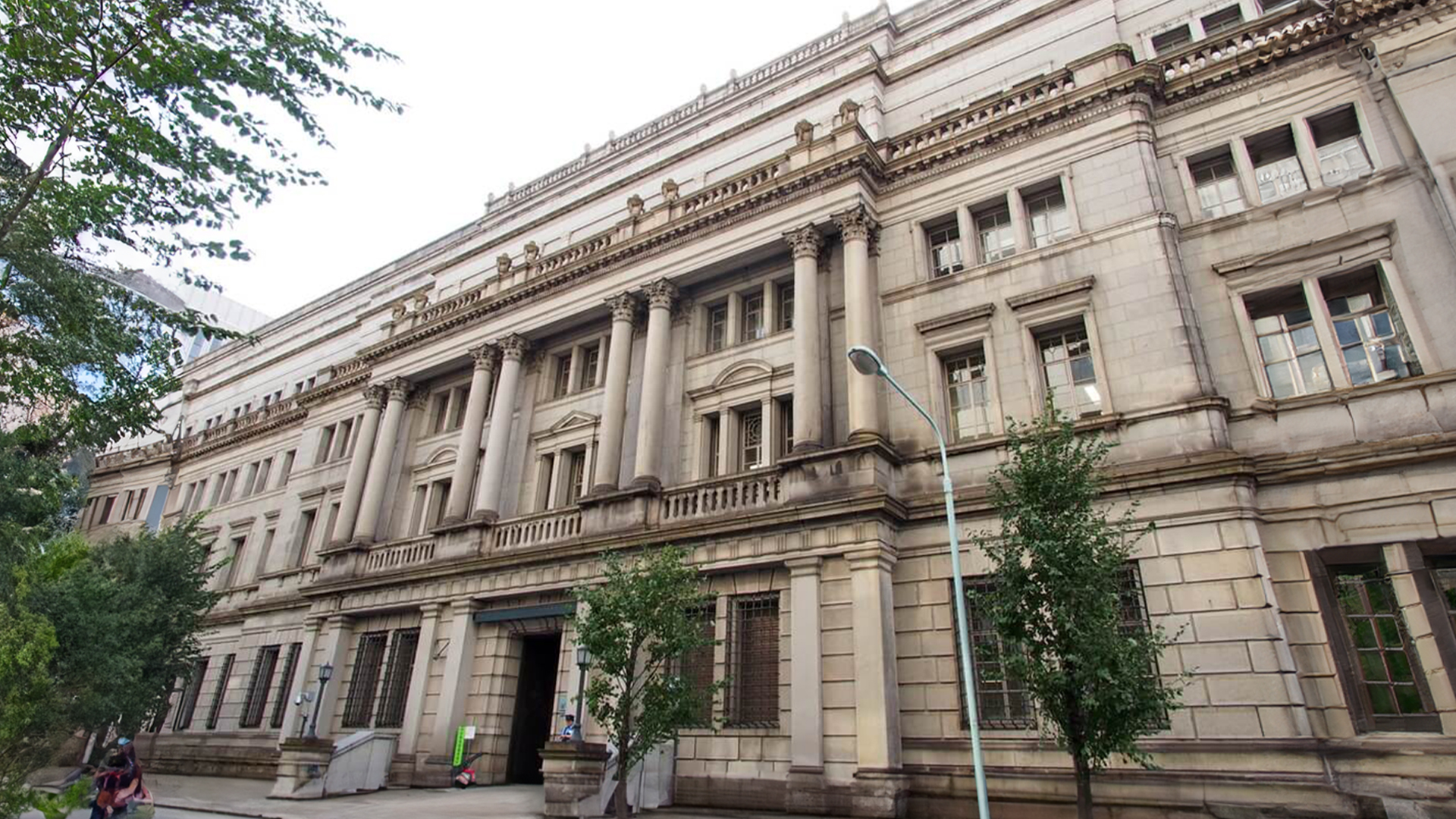The UK economy has continued to slow with GDP showing a second consecutive contraction in May.
The downturn was driven due to weak industrial production and construction, which has raised concerns on economic health and increased pressure on the Bank of England to cut interest rates in August.
Despite a trade deal with the US, domestic pressure and ongoing global uncertainties continue to impact growth.
Economic Contraction in May and Sector Performance
The UK’s GDP in May contracted by 0.1% MoM, following a 0.3% contraction in April, indicating that the UK is still struggling with its economic needs. GDP grew 0.7% QoQ, which matched estimates but slowed down from the revised 1.1% expansion earlier this year. The services sector provided some help, growing by 0.1% in May after a 0.3% drop in April. ⁽¹⁾
Weaknesses were driven by production output, down 0.9%, and construction, which fell 0.6%. The figures will come as a blow to Finance Minister Rachel Reeves, who made economic growth and reducing the UK’s budget deficit her core aims. ⁽²⁾
Global Pressures and Trade
The latest data follows a contraction of 0.3% in April, when domestic tax rises were introduced and US President Donald Trump announced tariffs on trading partners and adversaries alike. The tariffs shock triggered a sell-off in global markets and created widespread business uncertainty.
The UK was hit with a 10% reciprocal tariff from Trump despite having a more-or-less balanced trading relationship with the US when it comes to the exchange of goods, although it runs a large surplus when it comes to services.
The UK has since struck a trade deal with the US, becoming the first country to do so as mixed trade talks continue for other trading partners, who are being hit with additional tariffs until a trade deal is reached.
Growth Outlook and Monetary Policy
Economists predict slower growth for the rest of 2025, with the BOE forecasting a modest 1% growth rate for the year. A weaker jobs market, rising national living wage, and increased employers’ national insurance contributions add to the challenges faced by UK businesses.
The first estimate of Q2 GDP, due on August 14, is expected to indicate these pressures, with analysts revising earlier growth expectations downward to around 0.1% from 0.25%. ⁽³⁾
The weak GDP data supported expectations of an August rate cut by the BOE, with financial markets pricing in an 80% probability. Despite inflation rising above 3%, an August cut appears “inevitable,” as the BOE has already reduced rates from 5.25% to 4.25% over the past year. Governor Andrew Bailey indicated a gradual downward trend in rates but noted uncertainty about August’s policy decision. ⁽⁴⁾
Market Reaction and Upcoming Catalysts
The weak GDP report has sparked a sell-off in the GBP. The pound declined to 2-week lows against the USD, exposed to more downside risks due to weak economic data and ongoing expectations of a BOE rate cut.
A continuing trade war between the US and its allies triggered a sell-off in risk-on currencies and boosted the USD.
More economic data will be released this week from the UK, including CPI for June and labor market data. These reports could give more insights on the central bank’s next moves on interest rates as the labor market continues to weaken, and inflation remains well above target.



